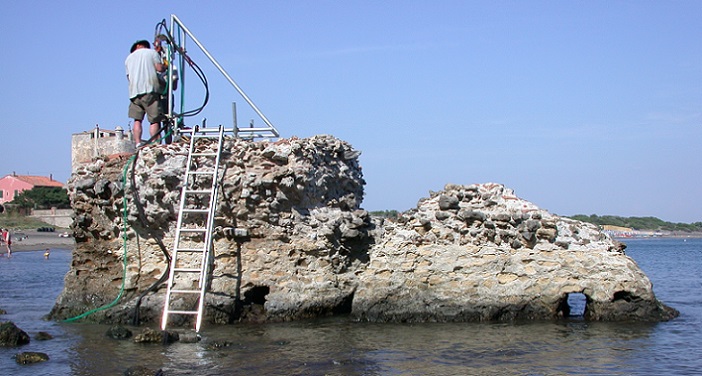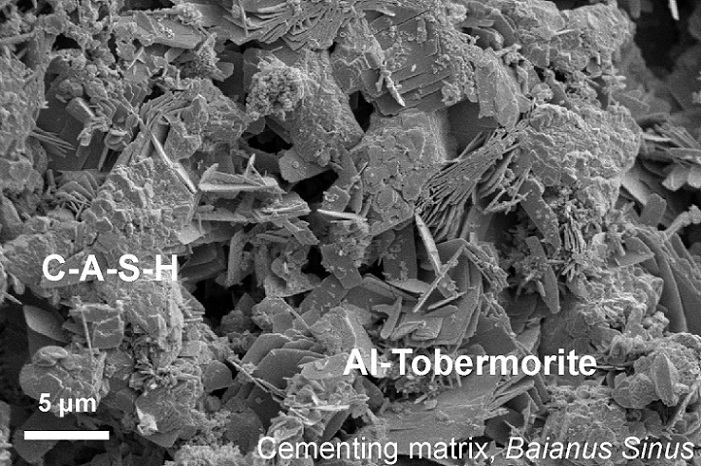Podcast: Play in new window

BOB HIRSHON (host):
Roman concrete. I’m Bob Hirshon and this is Science Update.
Many concrete structures erected by the ancient Romans are still standing today, including massive marine structures built to protect their harbors. But seawater quickly corrodes the rebar used to reinforce today’s modern concrete structures, collapsing them after just a few decades. University of Utah geoscientist Marie Jackson and her team write in American Mineralogist that the Romans’ secret was to mix volcanic ash with quicklime and water, reinforced with chunks of rock.
MARIE JACKSON (University of Utah):
These materials grew new mineral cements over long periods of time. There was also a kind of healing process. If there was a small flaw, this could be repaired by new mineral growth in the concrete.
HIRSHON:
Jackson says applying ancient methods to modern construction could improve the durability of massive seawalls built to stave off rising sea levels. I’m Bob Hirshon, for AAAS, the science society.
Story by Susanne Bard
LEARN MORE

